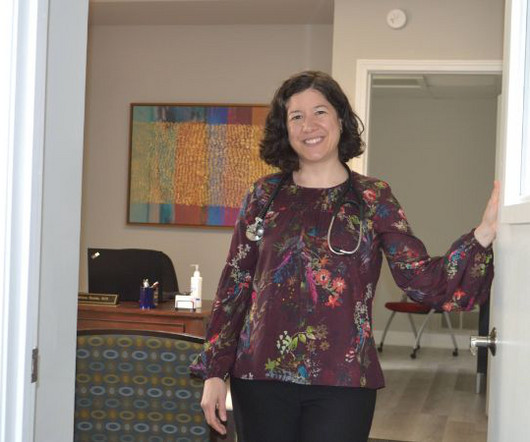Maryland's Primary Care Program: incremental progress or breakthrough?
The Health Policy Exchange
SEPTEMBER 2, 2020
(CareFirst Blue Cross Blue Shield joined the program in 2020.) With 476 participating primary care practices, MDPCP provides prospective, non-visit based payments known as "care management fees" and operational support from a program management office and Care Transformation Organizations (CTO).












Let's personalize your content